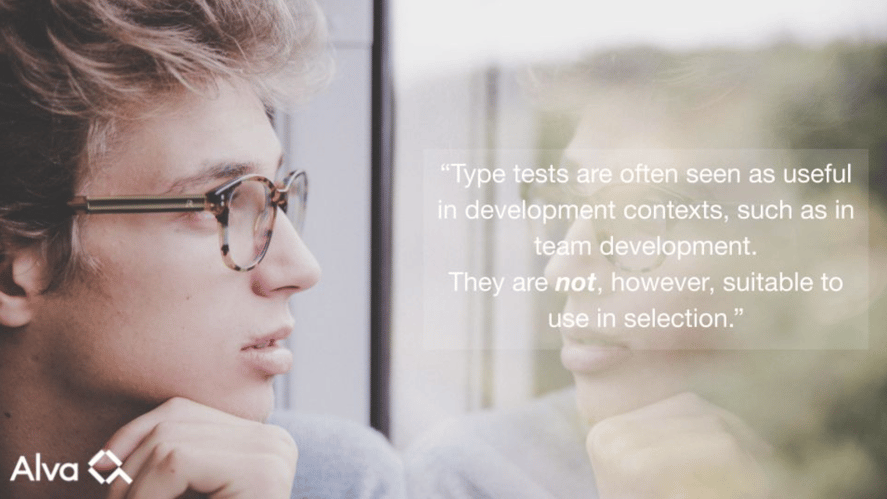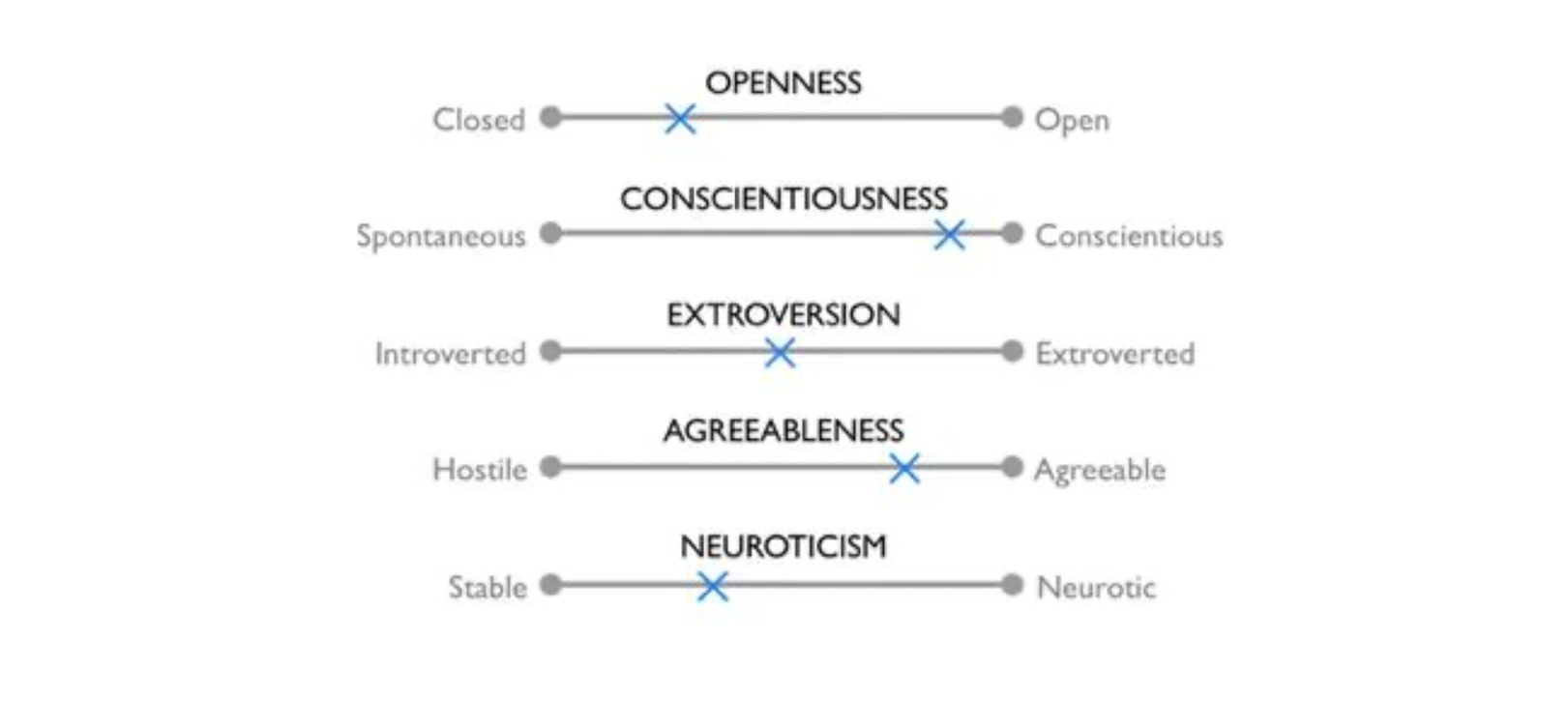
Article
11 Nov 2020
Like in any scientific discipline, there is an abundance of different theories and subfields in the science of personality. The whole idea with science isn’t that everyone should investigate the same things and reach the same conclusions – we need diversity of thought in order to better understand a concept. Personality is a widely explored and discussed topic that truly engages people. Why is that?
To better understand the debate regarding how to measure personality in the best way, we need to go back, way back. Personality is somewhat of a philosophical area if you come to think of it: Personality doesn’t ‘exist’ in the way that we can open up someone's head and simply take a look at it. To explain and understand personality, we need to take the detour through people’s behaviours, based on the idea that different individuals behave differently based on their personalities.
Up to this point, most scientists and psychologists are on the same page. Personality impacts our behaviours, thoughts and feelings, and by measuring those aspects we can better understand someone’s personality. But this is where diversity of thought begins. There are different theories on why personality looks the way it does, and different ideas about how we can best measure it. Again, this is what it looks like in all scientific domains.
The idea of ‘personality types’
One commonly mentioned school of thought in personality is that of personality types. In this sub-field, personality is described using more of an “either-or” language. You are either an extrovert or an introvert, you are either a blue individual or a red individual. Examples of tools that stem from this line of thinking is the Myers Briggs Type Indicator (MBTI) and the DiSC-analysis.
These tools are widely spread and appreciated, mainly for their simplicity and somewhat playful approach to human differences. They are often seen as useful in development contexts, such as in team development. They are not, however, suitable to use in selection.

Trait theory: The most accepted view on personality
Another subfield of personality research, that clearly contrasts to the idea of types, is trait theory. The core idea of this school of thought is that there are a number of traits that all individuals have, but to a varying extent. Depending on ‘how much’ you have of a specific trait, certain behaviours are more common and expected. The most commonly mentioned theory here is the Five-factor model. An example of a test tool here is the NEO-PI, or Alva’s personality test. The main use case for these tools is rather selection (hiring) than development.
What needs to be mentioned here is that even though we strive for diversity in thought in all scientific domains, the role of science and scientists is to identify what theory that is most correct. We need to keep in mind that some theories have bigger support and lie closer to the truth. There is a clear distinction between type and trait theory here.
Trait theory is, within the scientific world, seen as the gold standard for how to best capture and describe personality. There are more studies proving this theory, with better scientific quality. There are more established, published researchers backing it up. This means trait tests have a higher proven value and credibility than type tests, at least if we go to scientific documentation.

Type tests offer simplification
The problem with type tests, but also their attractiveness, stems from the fact that they give a simplified image of reality. Obviously people are more complex than these tests paint them to be, but that is also the beauty of the tools. When things are simple, they are manageable.
Type tests can make use of this overly simplified view on personality to help groups and teams start talking about similarities and differences. However, this overly simplified image can’t help us predict future behaviours, and therefore type tests are directly inappropriate in selection. Traits tests, on the other hand, give a more vivid and complex description of an individual. They capture more of the individual and are more tightly associated with how people are likely to come across and act in the future. Therefore, trait tests are more appropriate to be used in recruitment than type tests.
Alva Labs AB
Tegelbacken 4A
111 52 Stockholm
Sweden